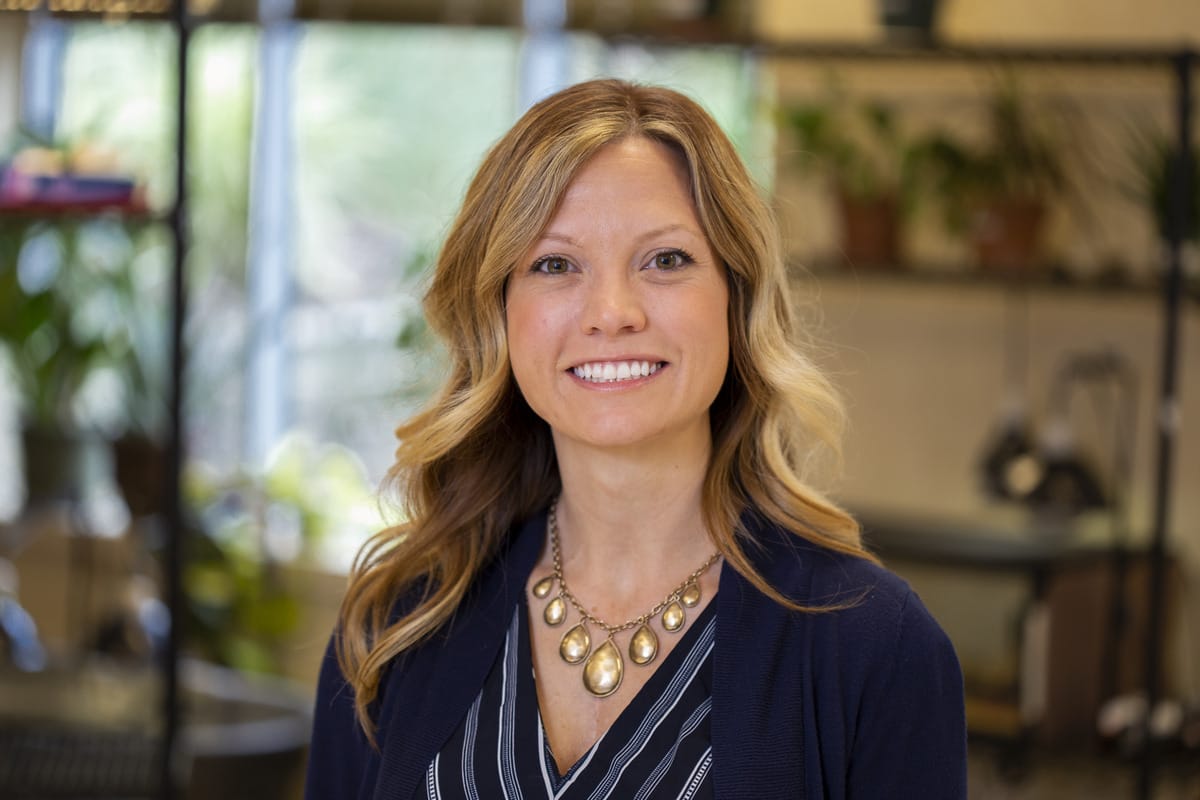I’ll be honest, I have never liked Math. As a student, it was the one subject I could never find an ounce of passion for. Literature was filled with exciting stories of growth and adventure. History recounted the lives of extraordinary events and individuals. Even science held elements of wonder and discovery. But math? Math was an endless series of equations that all too often felt pointless, tedious, and overcomplicated.
As an adult, I’ve come to appreciate the vital role mathematics plays in our society. Unfortunately, I’ve also seen how my previous attitude is present in many of our current students. There are kids throughout the K – 12 grades who feel that math is both pointless and boring. This can dampen their engagement and cause them to miss crucial knowledge that will help them in their learning journey. But how can we as teachers infuse curiosity and creativity into our math lessons?
The Creative Road Ahead
Imagine for a moment if we taught art the same way we taught math. We hand students a color-by-number worksheet and tell them which colors to use and where to place them. They turn one in, and we give them another. You can practically feel the imagination drain away just by reading those words. With math, worksheets can serve as helpful practice, but it doesn’t accentuate the subject’s creative potential or engage student interest.
Student attitude towards the subjects that we’re teaching matters. A recent Stanford study found that, “if you have a strong interest and self-perceived ability in math, it results in enhanced memory and more efficient engagement of the brain’s problem-solving capacity.” Creativity is important because it motivates students to learn. It spurs emotional development, promotes higher cognitive skills, and is quickly becoming one of the most essential job skills in our ever-changing world.
Thinking Outside the Box
Here are a few useful strategies to help your students think differently about math:
- Prioritize and Promote Play: Start by giving students room to mess about. Before jumping into the objective of the lesson, give students the opportunity to explore and examine the objects or data that they’ll be using. That way, they’ll gain more context for when they use them to solve the problem at hand. When kids can think abstractly about something, they gain a better understanding around it.
- Incorporate Creative Problem Solving: Another way to practice creativity in math is through open-ended questions. This helps break down linear thinking and creates more opportunities for questions and speculation. For example, try asking a question like, “generate three different numbers that when rounded to the nearest tenth gives you 37.7.” This allows students to consider multiple answers from different viewpoints while still staying true to the underlying principle.
- Cultivate Collaboration: Some of the best ideas come out of collaborative group work. One strategy for fostering teamwork is Build a Mascot. The objective is for students to build a mascot which represents their understanding of what they are learning. State the criteria and constraints around the building and set them to work. Another possibility is to have students take their ideas and communicate them through art. Not only will this build up their skills in math, but it will also help their social-emotional growth.
- Foster Weirdness: If we want students to think creatively, we need to let them think differently. For math, this means having students solve their problems using tools such as repeated addition or equal groups. Teachers should also try changing the conversation. After working through a problem, offer students extra credit if they can find another way for getting the same answer (ex. 2+2=4, but it’s also = 4/1 and 9 – 5).
Looking Forward
Math will always be a challenging subject for some, but that’s doesn’t mean it can’t be a lot of fun as well. Don’t be afraid to experiment with new strategies or perspectives in your lessons. If you’d like to explore this subject in more detail, be sure to check out the latest free webinar from Van Andel Institute for Education as well as this free hyperdoc of resources. The more we work to refine ideas, the more opportunities we create for student curiosity, creativity, and critical thinking!


